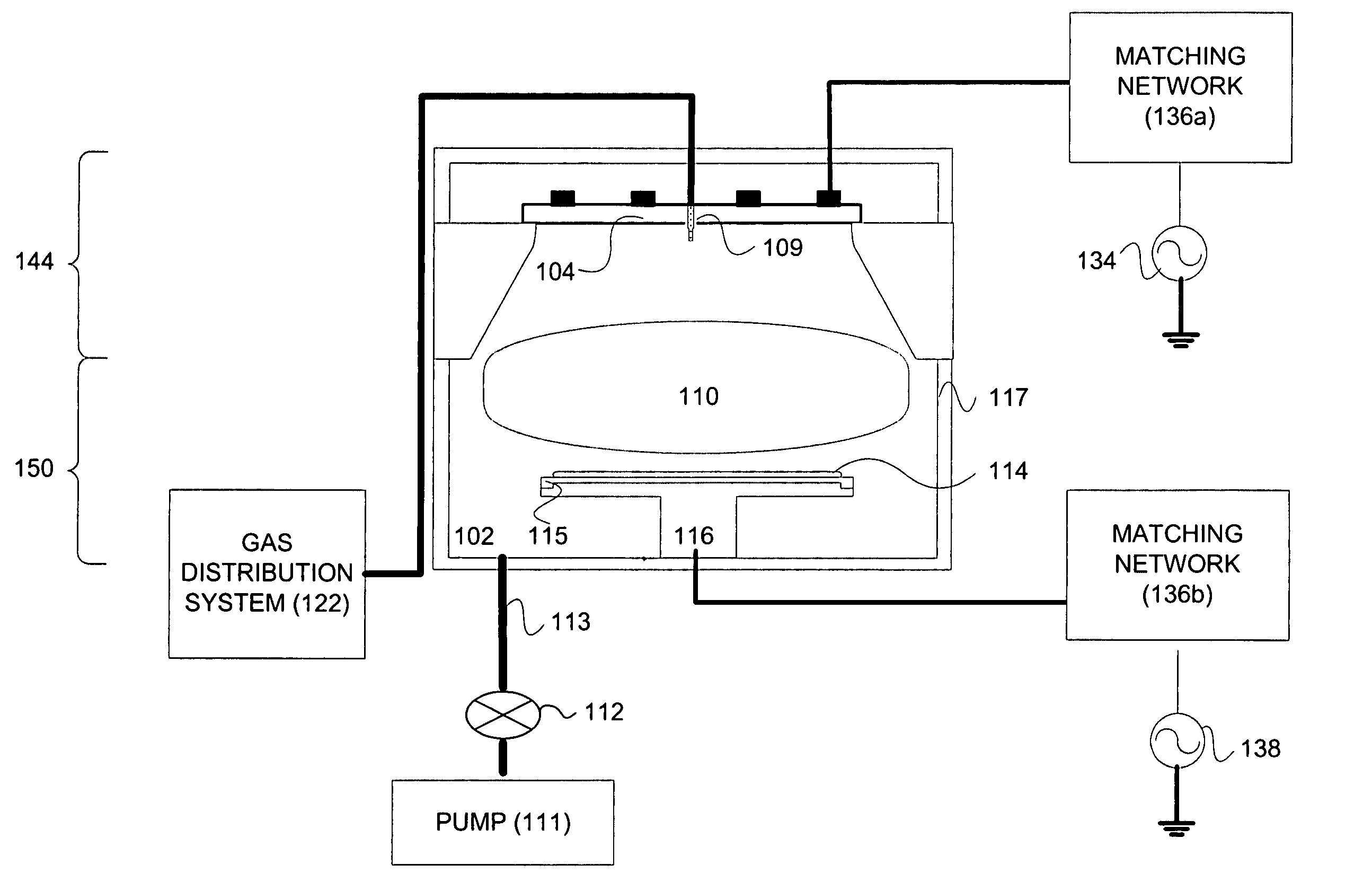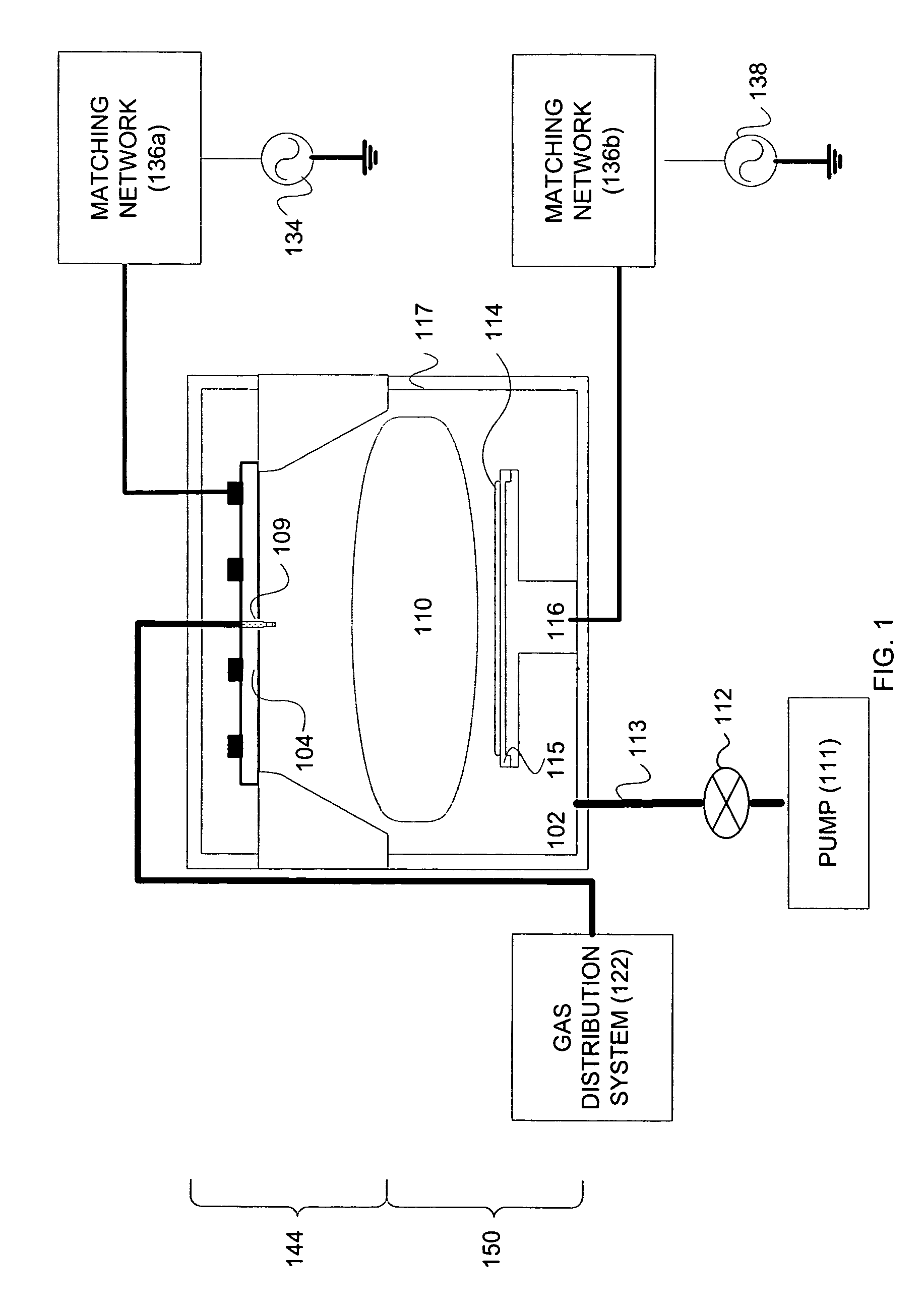Apparatus for servicing a plasma processing system with a robot
a plasma processing system and robot technology, applied in the direction of cleaning processes and apparatus, basic electric elements, electric discharge tubes, etc., can solve the problems of exacerbate the cleaning problem, non-volatile byproducts tend to tend to the plasma processing system, and expose the operator to hazardous duties
- Summary
- Abstract
- Description
- Claims
- Application Information
AI Technical Summary
Benefits of technology
Problems solved by technology
Method used
Image
Examples
Embodiment Construction
[0027] The present invention will now be described in detail with reference to a few preferred embodiments thereof as illustrated in the accompanying drawings. In the following description, numerous specific details are set forth in order to provide a thorough understanding of the present invention. It will be apparent, however, to one skilled in the art, that the present invention may be practiced without some or all of these specific details. In other instances, well known process steps and / or structures have not been described in detail in order to not unnecessarily obscure the present invention.
[0028] While not wishing to be bound by theory, it is believed by the inventor herein that a robot device can perform a set of service procedures on a plasma processing system. As previously described, in the normal course of operation, a plasma processing system may need to be serviced with a set of pre-defined service procedures. For example, the plasma chamber may need to be cleaned, ...
PUM
| Property | Measurement | Unit |
|---|---|---|
| degrees of freedom | aaaaa | aaaaa |
| temperatures | aaaaa | aaaaa |
| surface chemical composition | aaaaa | aaaaa |
Abstract
Description
Claims
Application Information
 Login to View More
Login to View More - R&D
- Intellectual Property
- Life Sciences
- Materials
- Tech Scout
- Unparalleled Data Quality
- Higher Quality Content
- 60% Fewer Hallucinations
Browse by: Latest US Patents, China's latest patents, Technical Efficacy Thesaurus, Application Domain, Technology Topic, Popular Technical Reports.
© 2025 PatSnap. All rights reserved.Legal|Privacy policy|Modern Slavery Act Transparency Statement|Sitemap|About US| Contact US: help@patsnap.com



